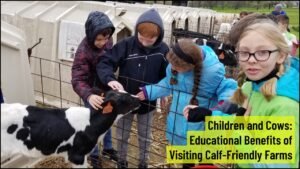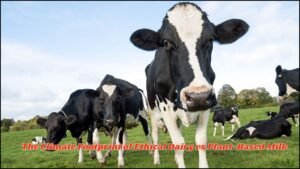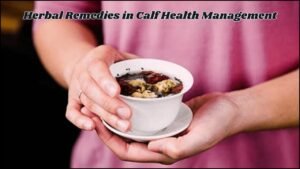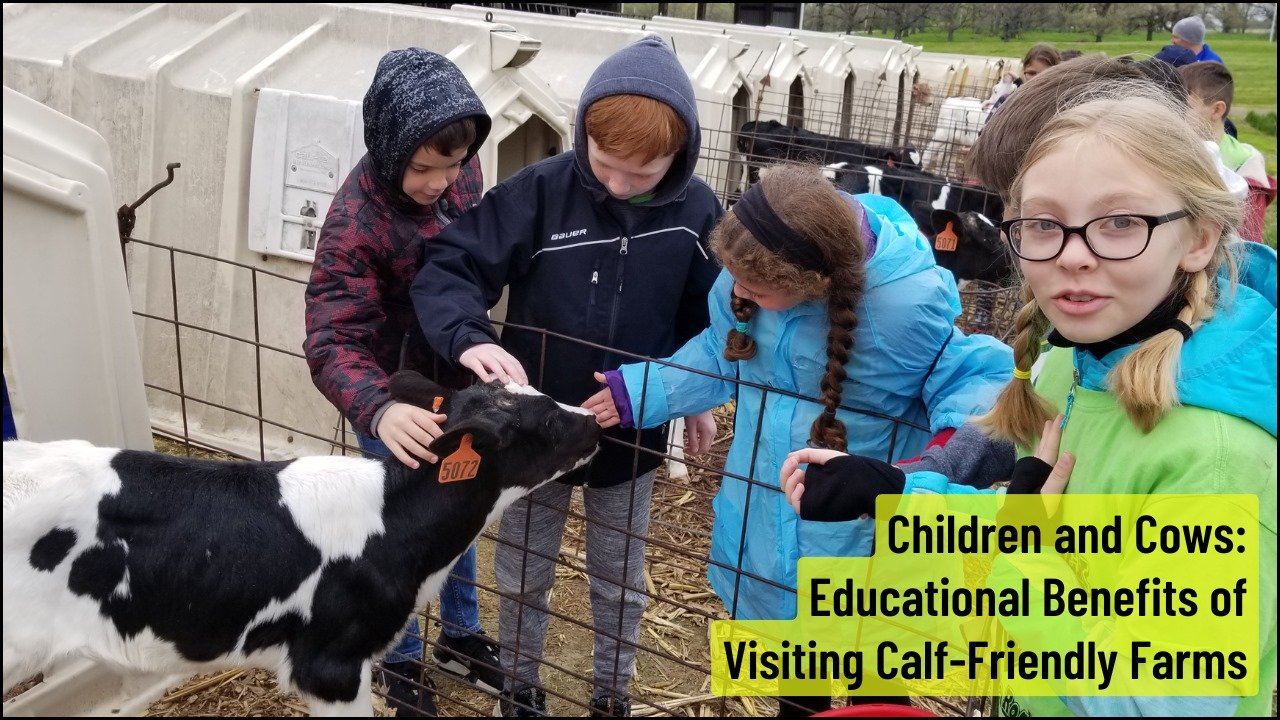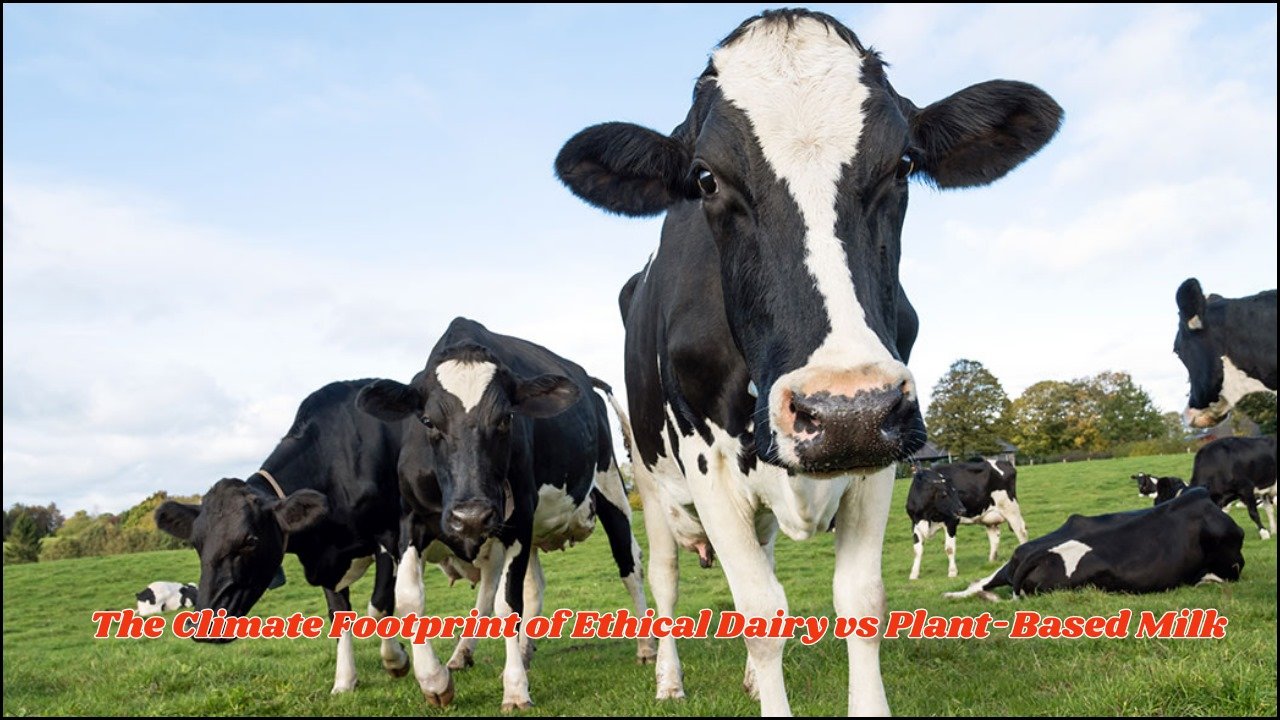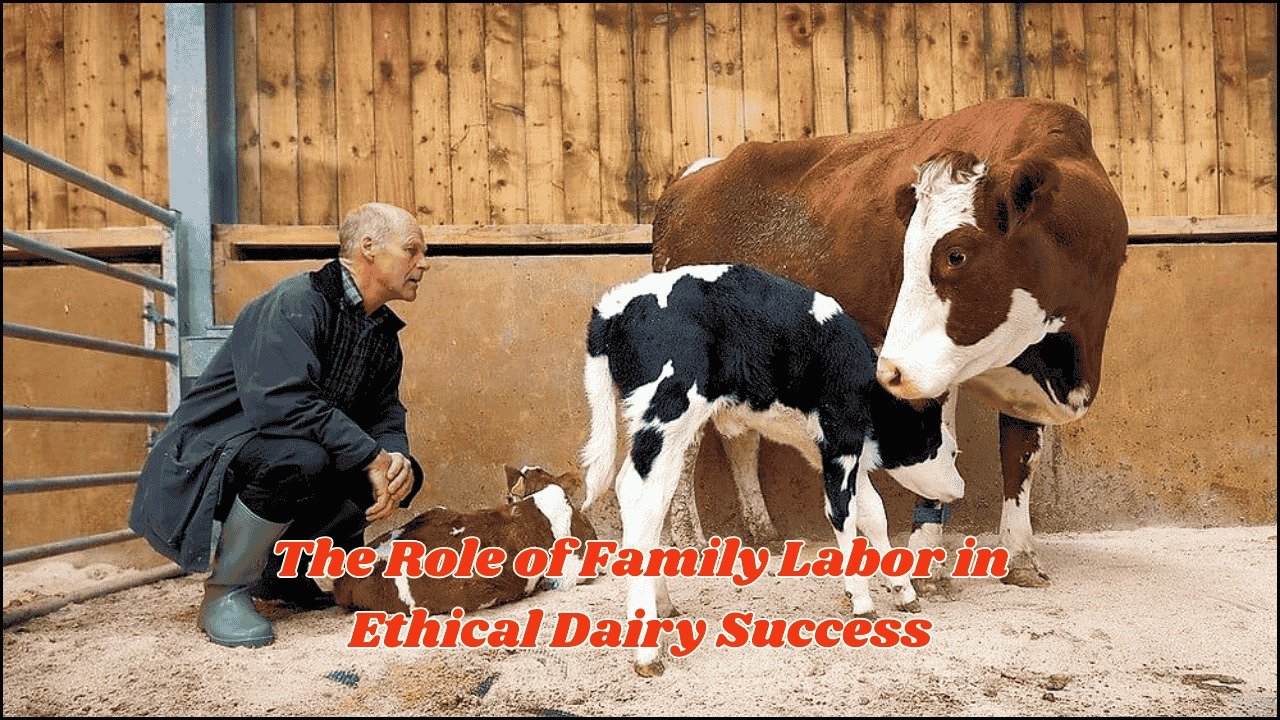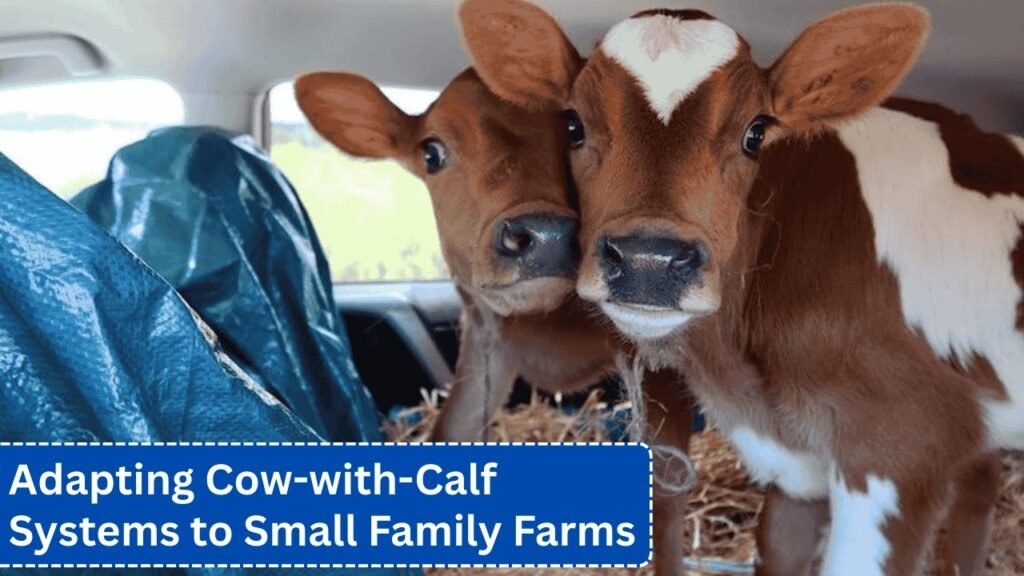
Small family dairy farms are increasingly exploring cow-with-calf systems—where calves remain with their mothers for an extended period after birth. Traditionally, calves are separated within hours or days, but this new approach promotes animal welfare, potentially improves herd health, and supports a more natural upbringing for calves. The challenge for small farms is implementing the system without expensive infrastructure changes or disrupting their business model.
Table of Contents
Understanding the Cow-with-Calf Approach
The cow-with-calf system allows calves to nurse directly from the cow for weeks or months. It mimics natural rearing, promoting stronger maternal bonds, better calf immunity, and reduced stress for both animals.
However, larger commercial farms often rely on specialized facilities and labor setups to manage such systems, which can be overwhelming for smallholders. The good news: smaller farms can adapt without major investments by using flexible, low-cost adjustments.
Overview
| Aspect | Traditional System | Cow-with-Calf System for Small Farms |
|---|---|---|
| Calf Rearing | Early separation, bottle feeding | Extended contact, natural nursing |
| Infrastructure Needs | Separate calf barns | Adapted existing shelters/paddocks |
| Labor Requirements | Regular feeding & cleaning | Less feeding labor, more observation |
| Milk Yield for Sale | Higher initially | Slightly lower initially |
| Animal Welfare | Moderate | High |
| Market Opportunities | Standard pricing | Potential premium for high-welfare |
Key Benefits for Small Family Farms
1. Animal Welfare Improvements
Calves grow in a low-stress environment with continuous access to their mothers. This can lead to fewer illnesses, reduced mortality rates, and stronger immune systems.
2. Simplified Calf Care
Direct nursing reduces the need for bottle feeding and manual colostrum management, freeing up labor time for other farm tasks.
3. Potential Marketing Advantage
Ethically minded consumers are willing to pay a premium for dairy products produced under higher welfare standards, opening niche market opportunities.
Practical Adaptations for Small Farms
Small farms often work with limited budgets and space, so the transition needs creativity rather than capital-intensive infrastructure.
1. Shared Housing or Fenced Paddocks
Instead of separate calf barns, farmers can adapt existing shelters with partitions or temporary fencing, allowing cows and calves close contact but still enabling milking routines.
2. Controlled Nursing Periods
Adopt part-time contact models—keeping calves with their mothers during the day and separating them at night. This ensures calves benefit from maternal milk while allowing farmers to harvest milk for sale.
3. Gradual Weaning Techniques
Instead of abrupt separation, farmers can use nose flaps or fenceline weaning to reduce stress and vocalisation, easing the transition for both cow and calf.
4. Pasture-Based Integration
Rotational grazing systems can incorporate mother–calf pairs into existing paddocks, reducing feed costs and creating a more natural environment.
Potential Challenges and Solutions
While benefits are clear, small farms should anticipate and manage common challenges.
- Reduced Saleable Milk – Part-time nursing schedules can help balance calf needs with market demands.
- Labor Adjustments – Initial changes may require more observation time, but efficiency improves once routines are established.
- Infrastructure Constraints – Temporary gates, movable pens, and existing barns can be adapted instead of building new facilities.
Economic Perspective
Although the system might initially reduce milk volumes available for sale, improved calf survival rates and long-term cow health can offset the short-term losses. Additionally, direct-to-consumer marketing of welfare-friendly milk and farm tours can create supplemental revenue streams.
FAQs
1. Will adopting a cow-with-calf system reduce my profits?
A = Initially, you might see a slight dip in saleable milk volumes, but improved calf health and the ability to market products as welfare-friendly can boost long-term profitability.
2. Do I need to invest in new barns or equipment?
A = Not necessarily. Many small farms adapt existing barns, use temporary fencing, or modify paddocks to accommodate the system.
3. How long should calves stay with their mothers?
A = It depends on your goals, but many small farms choose a part-time system for 6–12 weeks before gradual weaning.

